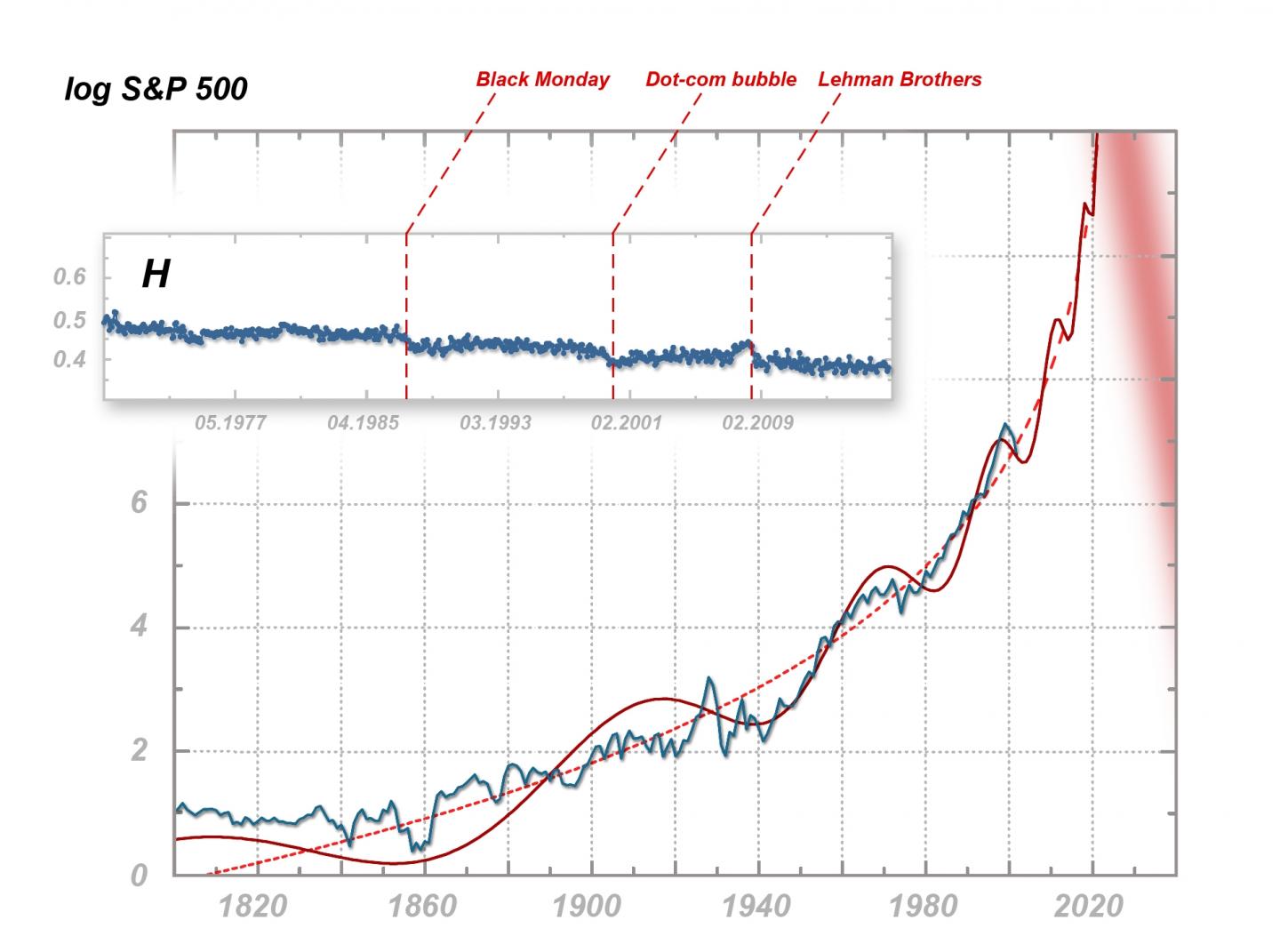In the past week a paper titled Dynamical Variety of Shapes in Financial Multifractality has been doing the rounds. The abstract of the paper states –
The concept of multifractality offers a powerful formal tool to filter out a multitude of the most relevant characteristics of complex time series. The related studies thus far presented in the scientific literature typically limit themselves to evaluation of whether a time series is multifractal, and width of the resulting singularity spectrum is considered a measure of the degree of complexity involved. However, the character of the complexity of time series generated by the natural processes usually appears much more intricate than such a bare statement can reflect. As an example, based on the long-term records of the S&P500 and NASDAQ—the two world-leading stock market indices—the present study shows that they indeed develop the multifractal features, but these features evolve through a variety of shapes, most often strongly asymmetric, whose changes typically are correlated with the historically most significant events experienced by the world economy. Relating at the same time the index multifractal singularity spectra to those of the component stocks that form this index reflects the varying degree of correlations involved among the stocks.
In short hand it is a look at the complex fractal (self repeating) relationships that exist across markets and that these change over time. This is to be expected in any complex natural system – you will see various elements of behaviour that do swing around over time. The problems start when this somewhat dry but oddly interesting sort of research is then used to start to generate predictions about what will happen in the future. And by the way the world is going to end…..
“The data is, unfortunately, quite unambiguous. It seems that since the mid-2020s, a global financial crash of a previously unprecedented scale is highly probable. This time the change will be qualitative. Indeed radical!” says Prof. Stanislaw Drozdz (IFJ PAN, Cracow University of Technology).
Part of the issue I have is not only that they make predictions. As you are all well aware I dont care of you are a fortune teller, astrologer, broker or hold a Ph.D in physics predictions tend to make you look like a peanut and people who make predictions tend to be poo They also offer a nebulous prediction – it really is a sort of some time in the future something will happen style of prediction. But there is also an element missing in the data. They select three data points the 1987 crash, the bursting of the Dot com bubble and the GFC as shown in the chart below –
As the authors state they dont know where the catalyst for this event might come from you also have t include all historical events in your analysis that might trigger such as event. It took me about two minutes to generate a list of the events below all of which were of sufficient size to shake the financial markets-
Japanese asset price bubble (1986–1992)
Black Monday (1987) (1987) (US)
Savings and loan crisis failure of 1,043 out of the 3,234 S&Ls from 1986 to 1995 in the U.S.
1997 Asian financial crisis
1998 Russian financial crisis
Argentine economic crisis (1999–2002)
2000s energy crisis (2003-2009) oil price bubble
2008–2012 Icelandic financial crisis
2008–2010 Irish banking crisis
Russian financial crisis of 2008–2009
European sovereign debt crisis (EU) (2009-)
Greek government-debt crisis (2009-)
2010-14 Portuguese financial crisis
Ukrainian crisis (2013-2014)
2014 Russian financial crisis
2014-2017 Brazilian economic crisis
2015 Chinese stock market crash
All of these should have been included in the analysis but there is in my mind a more important omission and that is China. By 2025 it is highly likely that the Chinese stockmarket will be the biggest in the world as such future predictions should be centred around it and the repercussions of this.





